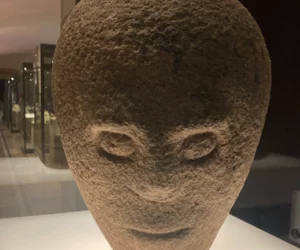The Corleck Head: An Enigmatic Symbol of Early Celtic Worship The Corleck Head, an ancient Irish stone idol, dates to the 1st or 2nd century AD, though its exact origins remain a mystery. This tricephalic, or three-faced, sculpture is a prime example of Celtic religious art, believed to have been a significant object of worship…
Celtic
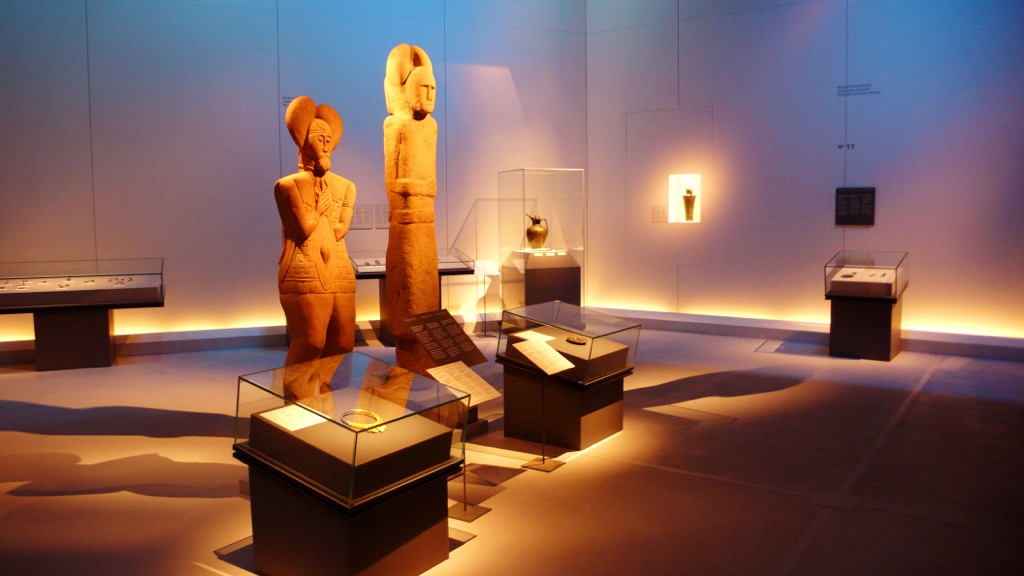
The Celtic people, a collection of tribes with origins in central Europe, have played a significant role in the cultural, linguistic, and historical landscape of Europe. Their influence is most prominently seen in regions such as Ireland, Scotland, Wales, Cornwall, the Isle of Man, and Brittany in France. These tribes began to emerge as a distinct group around 1200 BC, characterized by their use of the Celtic languages, a branch of the larger Indo-European family.
Celtic society was complex and varied from one region to another, but common elements included a class system that featured warriors, druids, and farmers. The druids, who served as priests, teachers, and judges, played a crucial role in Celtic society. They were responsible for conducting religious ceremonies, preserving the oral traditions, and adjudicating disputes within the community. This class system was not rigid, and mobility was possible through feats of bravery in battle or excellence in craftsmanship.
The Celts were renowned for their art, particularly their intricate metalwork, which included beautifully crafted jewelry, weapons, and ceremonial objects. This art often featured swirling patterns, intricate knots, and depictions of animals, reflecting the Celts’ deep connection to nature and the supernatural world. Their craftsmanship was not only functional but also held significant symbolic meaning, with many items believed to offer protection or signify status within the tribe.
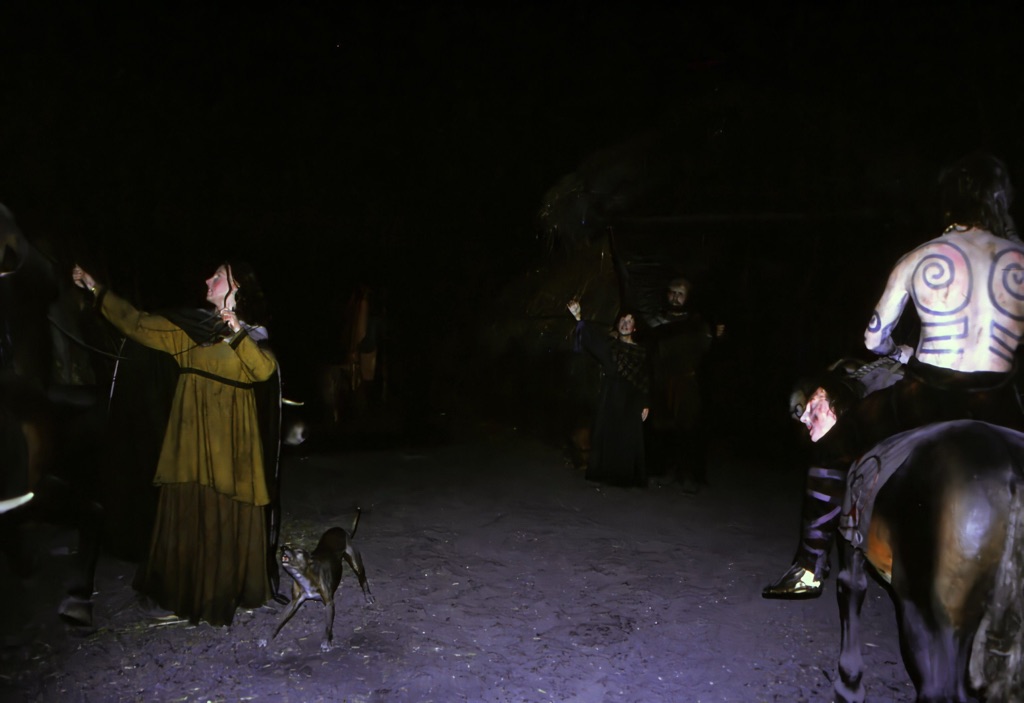
Warfare was a central aspect of Celtic life, with tribes often engaging in battles over territory or resources. The Celts were fierce warriors, known for their use of chariots in battle and their distinctive practice of fighting almost entirely naked to intimidate their enemies. Despite their martial prowess, the Celts were not merely warriors; they also established complex trade networks and had a rich oral tradition that included myths, legends, and poetry, which were later transcribed by Christian monks.
The arrival of the Romans marked a significant turning point for the Celtic tribes. Beginning in the 1st century BC, the Roman Empire expanded into Celtic territories, leading to centuries of conflict. Although the Romans eventually conquered many Celtic lands, they were unable to fully eradicate Celtic culture. In fact, in some areas, such as Ireland and the northern parts of Britain, Celtic traditions remained largely intact and continued to flourish.
Today, Celtic identity continues to be celebrated in the modern descendants of these ancient peoples. Festivals, music, dance, and language courses help keep the Celtic heritage alive, with millions around the world identifying with or taking an interest in Celtic culture. The legacy of the Celts, with its rich tapestry of art, mythology, and history, remains a vibrant and enduring part of the cultural heritage of Europe.
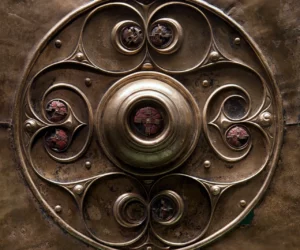
Battersea Shield
The Battersea Shield: A Masterpiece of Celtic Art Unveiled The Battersea Shield, a remarkable artifact discovered in the River Thames, stands as a testament to the artistry and cultural practices of ancient Celts in Britain. Dating back to approximately 350-50 BC, though some experts suggest a possible extension into the early 1st century AD, it…
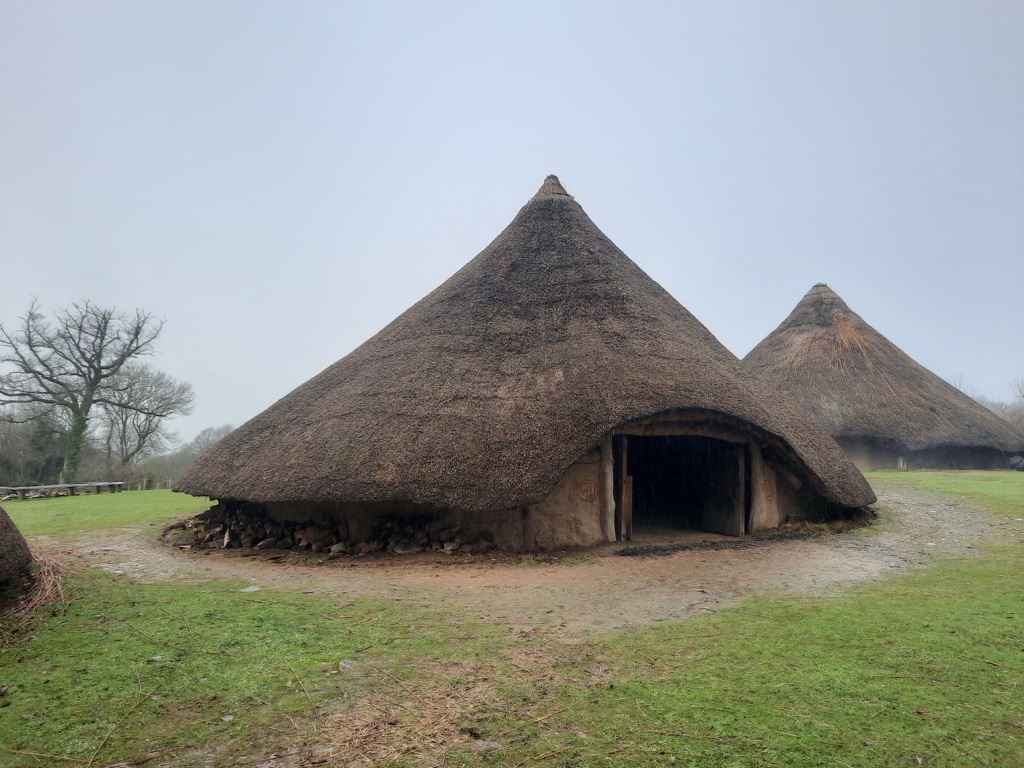
Castell Henllys Iron Age Village
Castell Henllys Iron Age Village is a unique archaeological site nestled in the Pembrokeshire Coast National Park in Wales. It stands out as a significant educational resource and a window into the past, offering insights into the Iron Age period. The site is not only a place of historical interest but also a living history center where visitors can experience the Iron Age way of life. Castell Henllys is one of the few places in Europe where an ancient landscape has been reconstructed on the exact spot where Celtic tribes once lived, making it a rare and invaluable site for both archaeologists and the public.

